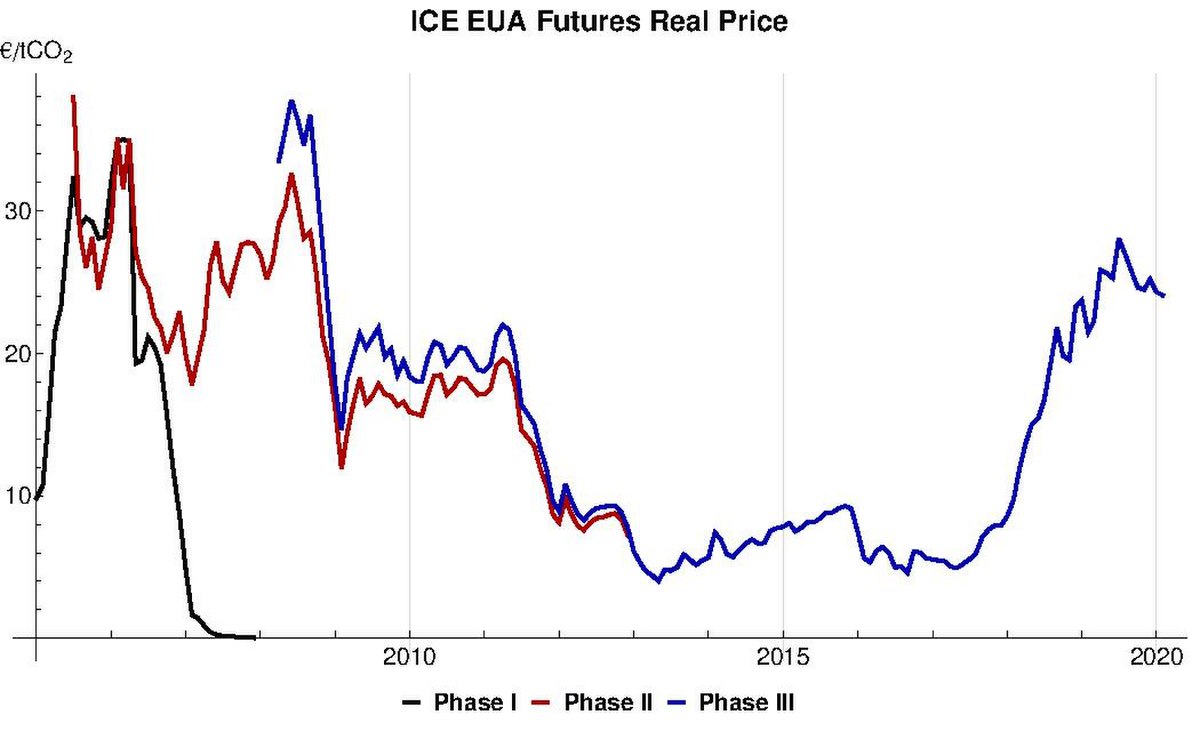Trading takes place because regulated companies are required to surrender emission allowances equivalent to the number of metric tons of CO2 emitted during the previous year. The free allocation of emission allowances is based on a greenhouse gas performance benchmark.
EU Emissions Trading System
The benchmark rewards greener operators by handing out relatively more free emission allowances. Today, aircraft operators are no longer required to report emissions from these flights. However, emissions from extra-European flights are still to be taken into account when determining whether your flight department is below or above the de minimis threshold see below.
As a non-commercial operator, you are exempt if your total emissions from intra and extra-European flights in a calendar year are below the de minimis threshold of 1, t CO2. Please bear in mind that the flight exemptions listed above shall not be considered when assessing whether the de minimis threshold is exceeded.
Search Our Site.
- Scientific Knowledge for Decision-Makers?
- double seven trading strategy.
- Phase III of the EU ETS :: Environmental Protection Agency, Ireland!
Passenger Movement Charge. EU Emissions Trading System. Air Passenger Tax. Dutch Aviation Tax. Aviation Tax Security Fee. Swedish Aviation Tax. The initial proposal on the rules and regulations to govern Phase IV were released by the European Commission EC in July and are not expected to be confirmed into law until Q1 at the earliest.

The major debate will centre around the free allocation process as industry fights to protect itself from rising costs and the European Commission aims to ensure the targets are met without harming European industry. As a consequence, there will be an increase in the Linear Reduction Factor from 1.
- The European Emissions Trading Scheme!
- Cap and Trade Mechanism.
- otc options trading.
Free allocation will continue after to alleviate the risk of carbon leakage due to climate policy however, it will be reduced due to the tightening of the cap. This will increase the pressure on industry to invest in low carbon technology as compliance costs start to rise. The CSCF will reduce the free allocation for all installations by a certain percentage, carbon leakage exposed or not. The CSCF is applied when the preliminary free allocations of each member state are greater than the total number of allowances available for free allocation.
- The Best (and Worst) of GHG Emission Trading Systems: Comparing the EU ETS with Its Followers!
- Climate Change and the EU Emissions Trading Scheme (ETS): Looking to 2021!
- forex learn to trade.